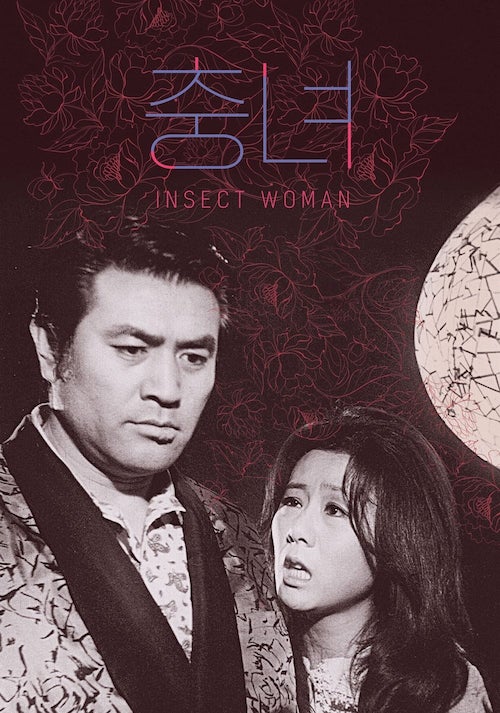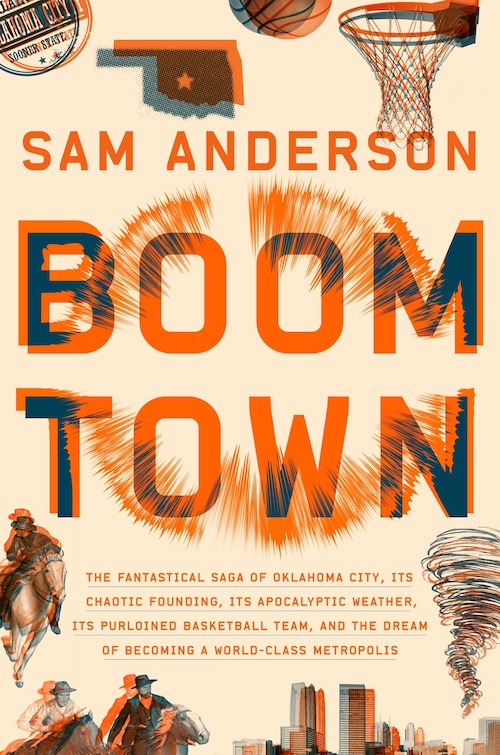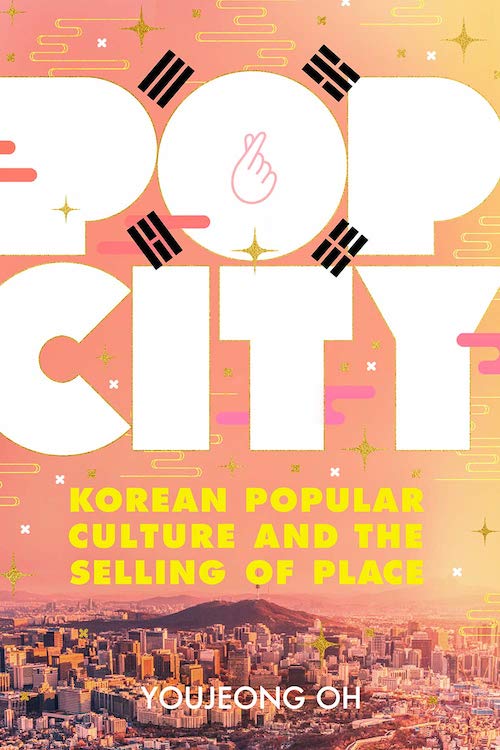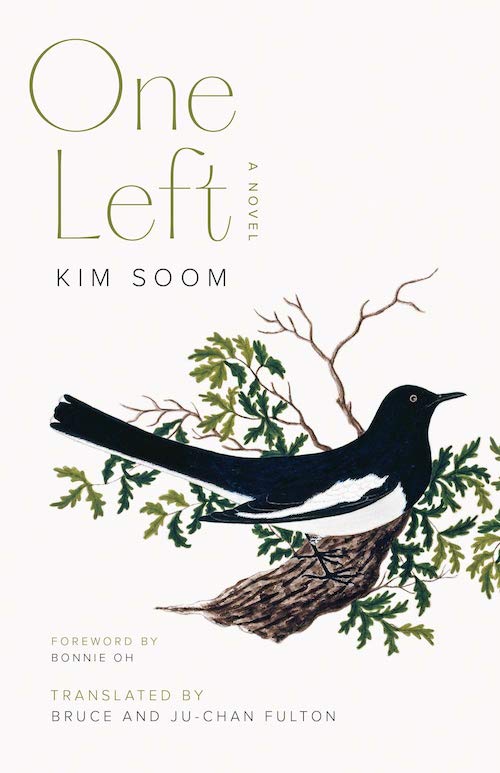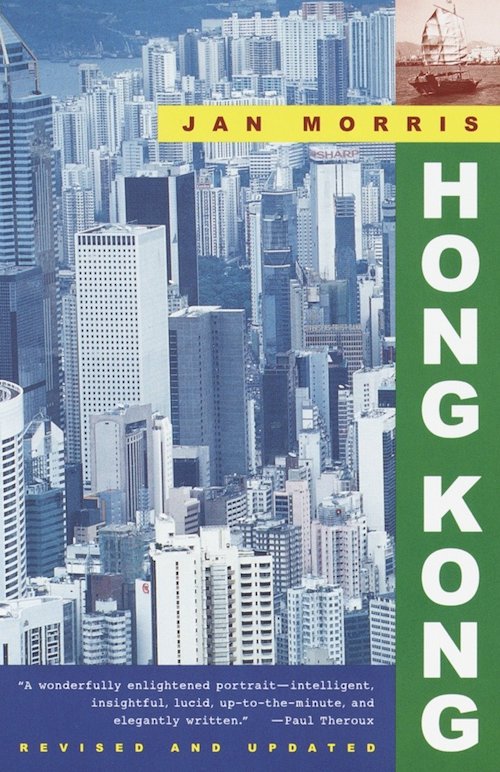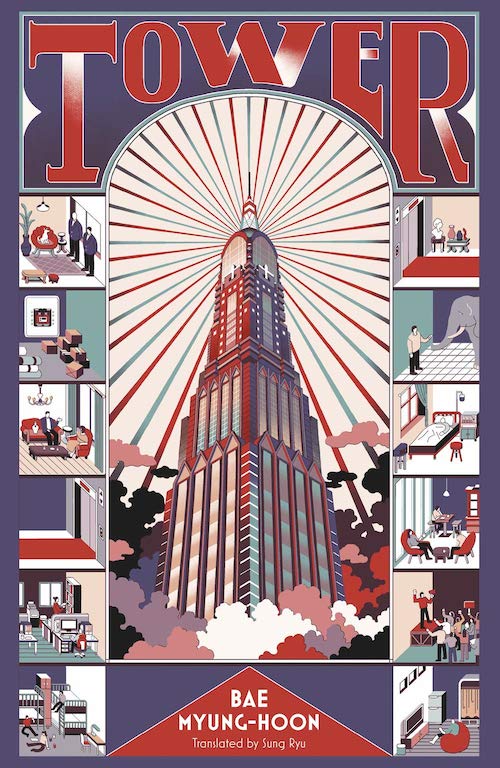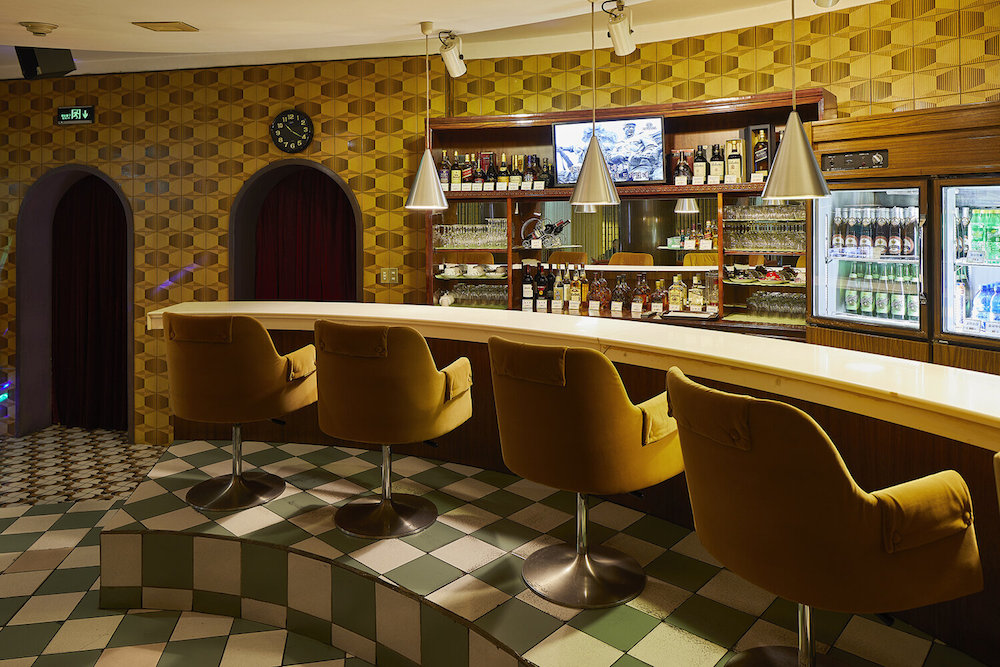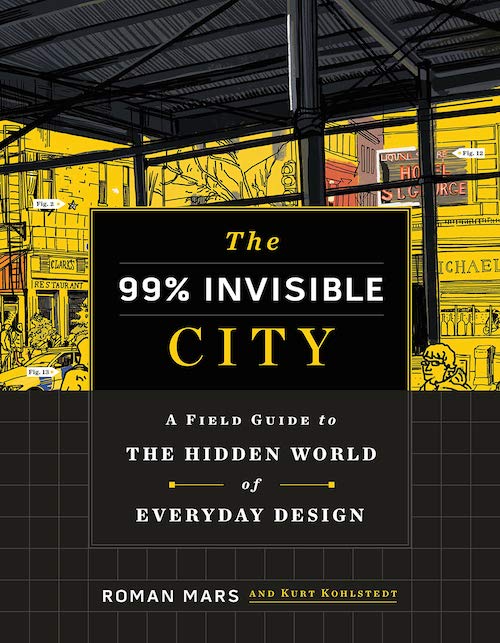
Los Angeles is vast and practically formless, a city so unlike any other that it can hardly be called a city at all. That, at least, is the impression the past few decades of writing on the Southern California metropolis has tended to offer. Hardened into received wisdom, this presumption is now repeated even by astute contemporary observers. But there’s more to Los Angeles than that tired critique suggests.
To see Los Angeles clearly, one needs to go half a century into the past, when three writers came to take the measure of what was then the fastest-growing city in the rich world. Though each brought a distinctive and formidable stock of world experience and historical knowledge, all came to understand postwar Los Angeles by recognizing how technology gave the city both purpose and possibility.
“All modern cities are machines, but LA is even more of a machine than the others … it is a humming, smoking, ever-changing contraption,” Christopher Rand wrote in his 1967 book Los Angeles: The Ultimate City, which began as a three-part series in the New Yorker. The lack of water and threat of earthquakes made this place particularly dependent on technology, he argued. Cities, since the very beginning, had relied on water management, but the complexity of LA’s water system, fed by a giant aqueduct that diverts water from the Owens Valley some 200 miles to the north, was far greater than anything that had come before.
Rand also pointed out that while Los Angeles was known for the film industry, aerospace in fact dominated the city’s economy. The industry was diminished with the end of the Cold War, but decades later, SpaceX, the world’s most valuable privately held company, is based there. “As our technological force manifests itself in Los Angeles, it seems to have many questionable things about it. The aerospace industry, for instance, seems surrounded by a cloud of false publicity,” Rand wrote in 1966.
Read the whole thing at the MIT Technology Review (subscription required).
